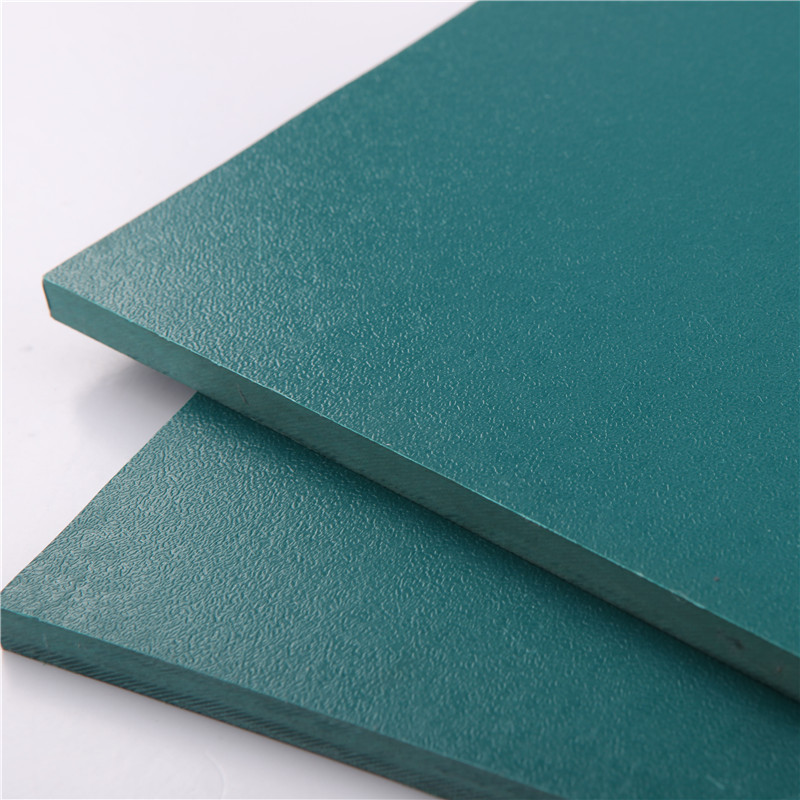Dec . 04, 2024 05:05 Back to list
hdpe drainage pipe
Understanding HDPE Drainage Pipes Benefits and Applications
High-Density Polyethylene (HDPE) drainage pipes have emerged as a leading choice for various drainage solutions due to their strength, durability, and versatility. These pipes, made from high-density polyethylene, are known for their excellent resistance to corrosion, chemicals, and extreme environmental conditions. In this article, we’ll delve into the features, advantages, and applications of HDPE drainage pipes.
Key Features of HDPE Drainage Pipes
1. Durability and Longevity HDPE pipes are designed to withstand heavy loads and environmental stress. They can last for over 50 years when installed correctly, making them a cost-effective solution in the long run. 2. Corrosion Resistance Unlike metal pipes that can rust and deteriorate over time, HDPE pipes are resistant to corrosion from chemicals and external elements, ensuring consistent performance.
3. Flexibility The flexibility of HDPE allows them to be installed in various challenging terrains and conditions. This property is particularly beneficial for installation in areas prone to shifting or settling.
4. Lightweight Compared to traditional drainage materials like concrete or metal, HDPE pipes are lightweight, making transportation and installation easier and faster.
5. Leak-Free Joints HDPE pipes can be joined using heat fusion, creating a continuous, leak-proof system. This minimizes the risk of infiltration and exfiltration, which is especially crucial in drainage applications.
Advantages of Using HDPE Drainage Pipes
1. Environmental Impact HDPE is a sustainable material that can be recycled and reused. The production process also requires less energy than other materials, which reduces its carbon footprint.
2. Cost-Effectiveness While the initial cost may be higher than some alternatives, the longevity and low maintenance requirements of HDPE pipes contribute to long-term savings.
3. Easy Installation The lightweight nature of HDPE pipes facilitates easy handling and installation, which can significantly reduce labor costs and installation time.
hdpe drainage pipe

4. Hydraulic Efficiency HDPE pipes offer smooth interior walls, which reduce friction and enhance flow rates. This feature makes them ideal for efficient drainage systems.
5. Versatility HDPE pipes can be used in various applications, from residential drainage systems to large municipal sewer projects, making them a versatile choice for various engineers and designers.
Applications of HDPE Drainage Pipes
1. Stormwater Management HDPE drainage pipes are widely used in stormwater systems to effectively channel excess water away from urban areas, preventing flooding and erosion.
2. Agriculture In agricultural settings, HDPE drainage pipes are often used for field drainage to manage water levels in soil, improving crop yield and health.
3. Wastewater Management These pipes are also employed in wastewater treatment facilities, where their chemical resistance ensures they maintain structural integrity even under harsh conditions.
4. Shallow Fractured Systems In areas with shallow fractured rock, HDPE pipes provide an effective solution for interception and conveyance, helping manage groundwater sustainably.
5. Trenchless Installation The flexibility of HDPE allows for trenchless installation methods, minimizing disruption to the surrounding environment, which is advantageous in urban areas.
Conclusion
In conclusion, HDPE drainage pipes are an excellent choice for a range of drainage applications due to their numerous advantages such as durability, ease of installation, and environmental sustainability. As industries continue to seek innovative solutions to manage water efficiently and sustainably, HDPE pipes represent a forward-thinking choice that meets contemporary needs. Their adaptability across various sectors highlights the importance of HDPE in modern drainage infrastructure, ensuring a reliable performance for years to come. With continued advancements in technology and materials, the future of HDPE drainage solutions looks promising, offering even greater efficiency and sustainability in managing water resources.
-
High-Quality PPR Pipes and Fittings Durable ERA PPR & PVC PPR Solutions
NewsJul.08,2025
-
Black HDPE Cutting Board - Durable, Non-Porous & Food Safe HDPE Plastic Cutting Board
NewsJul.08,2025
-
High-Quality CPVC Panel Durable HDPE & PVC Panels Supplier
NewsJul.08,2025
-
Double PE Welding Rod Supplier - High Strength, Durable & Versatile Welding Solutions
NewsJul.07,2025
-
High-Quality PVC-O Pipe Supplier Durable 75mm PVC Pipe & Connections Leading PVC Pipe Company
NewsJul.07,2025
-
HDPE Drainage Pipe Supplier – Durable & Corrosion-Resistant Solutions
NewsJul.06,2025

